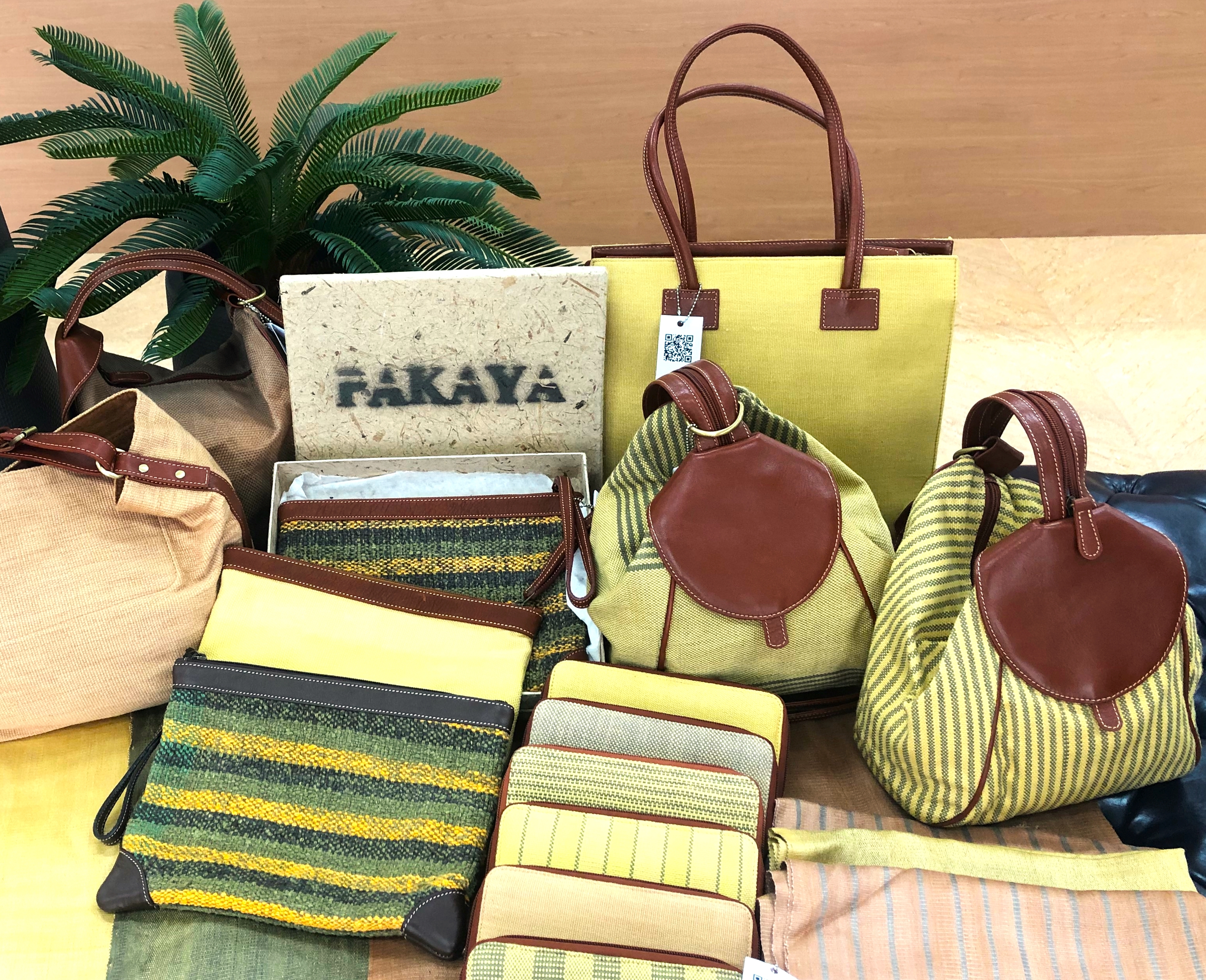Quality Development and Creation of Backstrap Loom Products in Karen Weaver Group, Ban Mae Khanate, Lamphun Province
Main Article Content
Abstract
The Karen Ban Mae Khanate weaving group in Mae Tha district, Lamphun province, produced designs and did not add value to the products. This research focuses on quality improvement and creative product design that will upgrade and add value to the woven fabric products. The study employs a participatory action research process, and data are collected through in-depth interviews and on-site implementation. The community representatives participating in the development consist of the group leader and 16 members of the Karen weaving group, Ban Mae Khanate. The following five-step processes have been implemented. 1) Raising awareness and establishing mutual agreement, 2) Formulating guidelines for innovative design, 3) Creating prototype products and developing patterns for products, 4) Determining marketing strategies for products, and 5) Organizing marketing activities and trialing product distribution. The study has resulted in value added to the loom weaving product throughout the process, as reflected in the product’s high-quality, exquisite design, and natural characteristics. The upstream process of this product involves the selection of raw Erie silk threads dyed in natural color instead of cotton threads with synthetic dye. The intermediate process involves the development of colors, fabric patterns, various new product designs and exquisite tailoring. Leather and metalwork are blended to make exotic products such as women's purses, notebook briefcases, and smartphone bags. The downstream product processes focus on marketing strategies by branding "PAKAYA Collection" and expanding electronic marketing communications. As a result, the group members have a 50-80% increase in income. The community has acquired knowledge in product designs and created a network of partners in the production processes. The development stage of natural dyed Erie silk threads, product design and electronic marketing plans have contributed to sustainable product development.
Article Details

This work is licensed under a Creative Commons Attribution-NonCommercial-NoDerivatives 4.0 International License.
Area Based Development Research Journal values copyright protection and licensing to safeguard author rights and facilitate the appropriate dissemination of research. Our policies ensure openness, accessibility, and attribution. Authors retain copyright ownership, and articles are published under a Creative Commons Attribution License (CC BY), allowing sharing, adaptation, and proper attribution. Authors have the freedom to publish under the CC BY license, granting broad reuse and distribution permissions. The journal supports posting articles on third-party repositories, adhering to institutional and funding restrictions. Author guidelines detail copyright and licensing requirements, empowering authors with knowledge about their rights and responsibilities. These policies cultivate an environment of collaboration, openness, and responsible sharing, benefiting authors and the research community while honoring intellectual property rights.
References
Ansoff, H. I., Sullivan, P. A., Antoniou, P., Chabane, H., Djohar, S., Jaja, R., & Wang, P. (1993). Empirical proof of a paradigmic theory of strategic success behaviors of environment serving organizations. International Review of Strategic Management, 4(9), 173-203.
Both, T. (2020). Design Thinking bootcamp bootleg. Stanford d. school. Retrieved February 8, 2022, from: https://dschool.stanford.edu/resources/the-bootcamp-bootleg.
Dachakupt, P. (2014). Learning in the 21st Century. Bangkok: Chulalongkorn University Press. (in Thai).
Keawpan, T., Itsaranuwat, S., & Plangnok, J. (2020). Principles and concepts in product design. Journal of Humanities and Social Sciences Surin Rajabhat University, 22(2), 161-182. (in Thai).
Kaewpilarom, T. (2016). The development of woman bag from Morhom fabric by twill weave. Fine Arts Journal Srinakharinwirot University, 20(1), 80–87. (in Thai).
Parmotmuang, M. (2021). Packaging design and development of contemporary products from the culture of ethnic Tai-Yuan: A case study of Tai-Yuan native textile, Saraburi province. Area Based Development Research Journal, 13(5), 343–356. (in Thai).
Rattanaphaisankit, R., Lerttevasiri, P., & Phrompan, I. (2021). A learning management guideline based on design thinking process for creating local product. Fine Arts Journal: Srinakharinwirot University, 25(1), 119-136. (in Thai).
Thailand Textile Institute. (2018). Guidelines for design and development of textile products to value-added under textile product development and Muslim clothing project in the southern border provinces to meet the ASEAN market demand (Phase 2). Thai Textile and Fashion Outlook, 27, 4-7. (in Thai).


